Test Amit sep
BIOGAS: Waste to Energy for Sustainable Future

The potential for biogas production in India is enormous, with an estimated biogas potential of over 70,000 MW. The country has approximately 27 million cattle and buffalo, which can generate over 100 million tonnes of manure each year, providing a significant source of organic waste for biogas production. In addition, the agricultural sector produces large amounts of crop residues, which can also be used for biogas production.
BIOGAS is a renewable energy source generated through the anaerobic digestion of organic waste materials, such as agricultural waste, food waste, and sewage sludge. Biogas primarily consists of methane (CH4) and carbon dioxide (CO2) and can generate heat and electricity or act as a transportation fuel. Biogas has several environmental and economic benefits, including reducing greenhouse gas emissions, improving waste management, and providing a reliable energy source. In addition, Biogas can be upgraded to biomethane, which has similar properties to natural gas, making it a valuable renewable energy source for transportation and heating applications.
Biogas's production of biomethane involves biogas upgrading, which removes impurities and increases the methane content to at least 90% or higher. Several biogas upgrading technologies are available, including water scrubbing, pressure swing adsorption, and membrane separation. Each technology has its advantages and disadvantages, and the selection of the appropriate technology depends on various factors, such as the biogas composition, capacity, and end-user requirements.
Water scrubbing has several advantages over other biogas purification technologies, such as activated carbon adsorption and pressure swing adsorption. The process is simple, cost-effective, and can be easily scaled to meet the requirements of different biogas production facilities. In addition, water scrubbing produces no harmful waste products and is environmentally friendly.
However, there are some limitations to water scrubbing. The process requires a significant amount of water and can be impacted by temperature and pressure variations. In addition, the water used in the scrubbing process can become contaminated with impurities, which requires additional treatment or disposal.
Pressure swing adsorption (PSA) is another common process used to purify Biogas produced from anaerobic digestion. The process involves using adsorbent materials, such as activated carbon or zeolites, to remove impurities from the Biogas.
During PSA, the Biogas is passed through a column filled with adsorbent materials, and the impurities are selectively adsorbed onto the surface of the adsorbent material. Once the adsorbent material is saturated with impurities, the pressure in the column is reduced, and the impurities are released from the adsorbent material and vented to the atmosphere. The purified Biogas is then collected and used for several applications, such as generating heat and electricity or upgraded to biomethane for injection into the natural gas grid.
PSA has several advantages over other biogas purification technologies. The process can achieve high purity levels and be applied to a wide range of impurities, including carbon dioxide, water, and trace contaminants. In addition, PSA produces no harmful waste products and is environmentally friendly.
However, there are some limitations to PSA. The process is more complex than water scrubbing and requires a higher capital investment. In addition, the adsorbent materials used in PSA can become saturated over time, which reduces the efficiency of the process and requires replacement or regeneration of the adsorbent materials.
Membrane separation is another process used to purify Biogas produced from anaerobic digestion. The process involves the use of permeable membranes to separate the impurities from the Biogas selectively.
During membrane separation, the Biogas is passed through a membrane, and the impurities are separated from the Biogas based on their molecular size and permeability. The purified Biogas is then collected and used for several applications, such as generating heat and electricity or upgraded to biomethane for injection into the natural gas grid.
Membrane separation has several advantages over other biogas purification technologies. The process can achieve high purity levels and can be used for a wide range of impurities, including carbon dioxide, water, and trace contaminants. In addition, membrane separation has a smaller footprint than other technologies, and the membranes are reusable and have a longer lifespan.
However, there are some limitations to membrane separation. The process is more complex than water scrubbing and requires a higher capital investment. In addition, the membranes used in membrane separation can become fouled or damaged over time, which reduces the efficiency of the process and requires replacement or cleaning of the membranes.
Biogas is a significant renewable energy source due to its potential for sustainable energy production, waste management, and rural development. India is among the world's largest producers of milk, sugarcane, and cotton and has a large agricultural sector that generates a substantial amount of organic waste materials. Biogas technology can convert this organic waste into a renewable energy source and promote sustainable rural development.
Biogas production in India is primarily driven by the National Biogas and Manure Management Program (NBMMP), which the Indian government launched in 1982. The program provides subsidies for installing biogas plants and aims to promote rural development, improve sanitation, and reduce greenhouse gas emissions.
Biogas technology in India is also gaining momentum in the commercial sector, with several companies investing in biogas projects. In addition, the use of Biogas for electricity generation and thermal applications, such as cooking and heating, is becoming increasingly popular in the country.
The potential for biogas production in India is enormous, with an estimated biogas potential of over 70,000 MW. The country has approximately 27 million cattle and buffalo, which can generate over 100 million tonnes of manure each year, providing a significant source of organic waste for biogas production. In addition, the agricultural sector produces large amounts of crop residues, which can also be used for biogas production.
The use of biomethane has several environmental benefits compared to fossil fuels, including a significant reduction in greenhouse gas emissions and air pollution. According to a European Biogas Association study, using biomethane in transportation can decrease greenhouse gas emissions by up to 90% compared to diesel fuel. Biomethane can also contribute to energy security and diversification, particularly in rural areas where Biogas can provide a reliable energy source and support local economic development.
In terms of economic benefits, biomethane can provide revenue generation opportunities, mainly through the sale of excess biomethane to the natural gas grid. A study by the International Energy Agency estimates that the biomethane production potential in the European Union is around 18 billion cubic meters per year, which could provide significant economic benefits and support the growth of the biogas sector.
Several countries have implemented policies and incentives to support the production and use of biomethane, including feed-in tariffs, tax incentives, and subsidies. For example, in Germany, the Renewable Energy Sources Act (EEG) provides a feed-in tariff for biomethane injected into the natural gas grid, which has supported the growth of the biogas sector and increased the use of biomethane in transportation.
Water scrubbing is a standard process to purify Biogas produced from anaerobic digestion. The process involves using water to remove impurities from the Biogas, such as carbon dioxide, hydrogen sulfide, and trace contaminants.
During water scrubbing, the Biogas is passed through a column filled with water, and the water absorbs the impurities. The purified Biogas is then collected and used for various applications, such as producing heat and electricity or upgraded to biomethane for injection into the natural gas grid.
The technology has the potential to promote sustainable rural development, improve energy security, and reduce greenhouse gas emissions. With the government's continued support and the growing interest from the commercial sector, Biogas is expected to play an increasingly important role in India's energy mix in the coming years.
In conclusion, the production and use of biomethane from Biogas has significant environmental and economic benefits and has the potential to contribute to a sustainable energy future. However, the widespread adoption of biomethane depends on developing appropriate policies and incentives and the continued technological advancements in biogas upgrading and biomethane production.
How would you rate this Article ?
Press the number of stars to rate this Magazine.
4.5 Author Points.
Based on 20 Magazines written by this author.
No Magazine Ratings yet








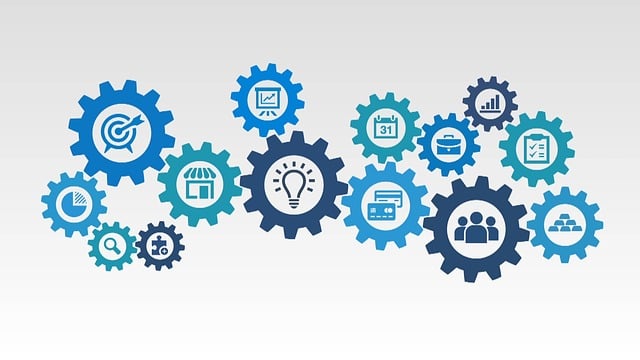

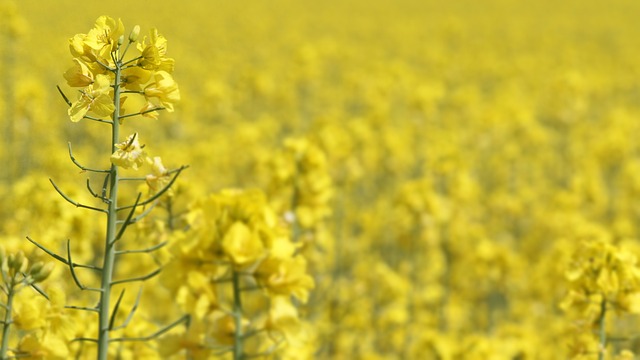




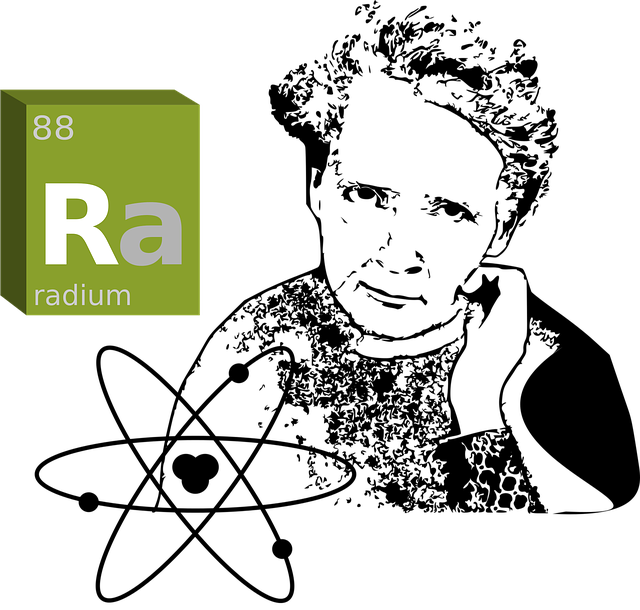



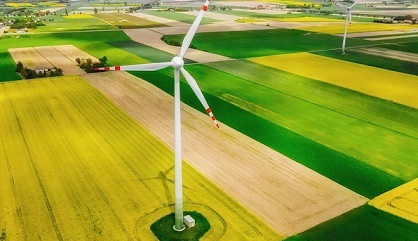


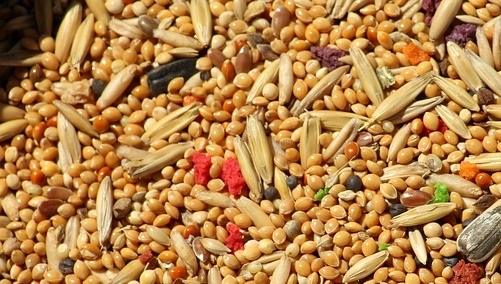





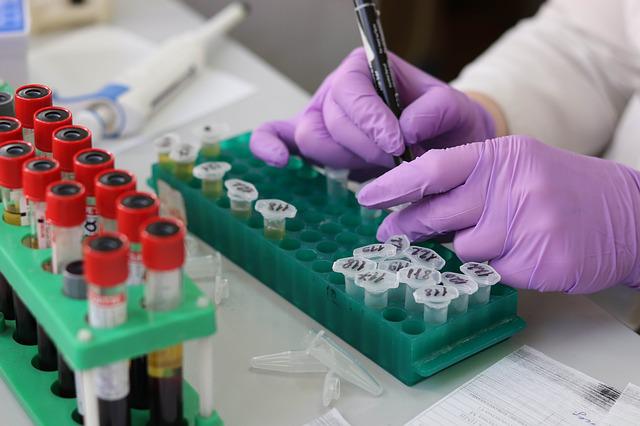
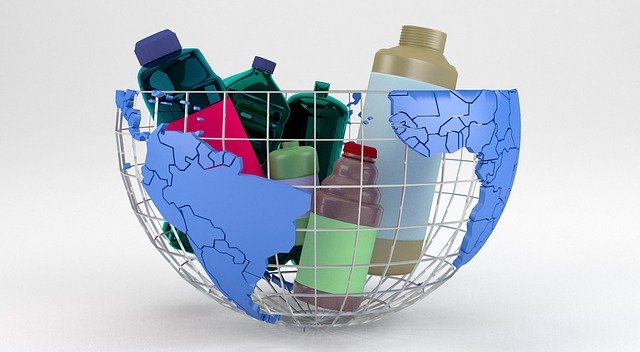





Please Sign In or Sign Up to leave a Comment.